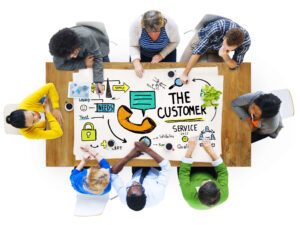
Just Because I Like You Doesn’t Mean I’ll Stay
When we associate ourselves with brands, we are associating ourselves with a feeling. Maybe it’s the way it makes you feel or the way it

When we associate ourselves with brands, we are associating ourselves with a feeling. Maybe it’s the way it makes you feel or the way it
On its face, this is a ridiculously high standard, but in practice it’s the most rewarding and resilient way to build a business. Working with

More often than not, when you’ve attracted a potential new client, they’ve either already done their research or they will. Either way, what previous and

Are you selling products to a market? Or are you investing in relationships that will lift your brand? Community counts.